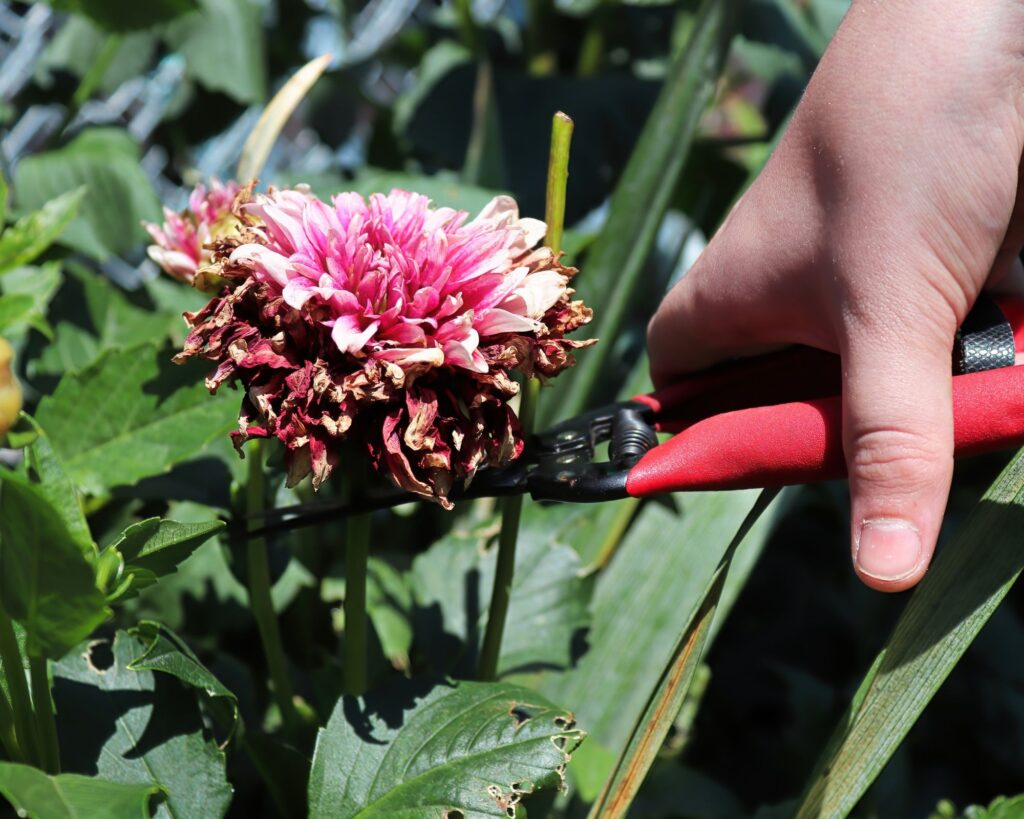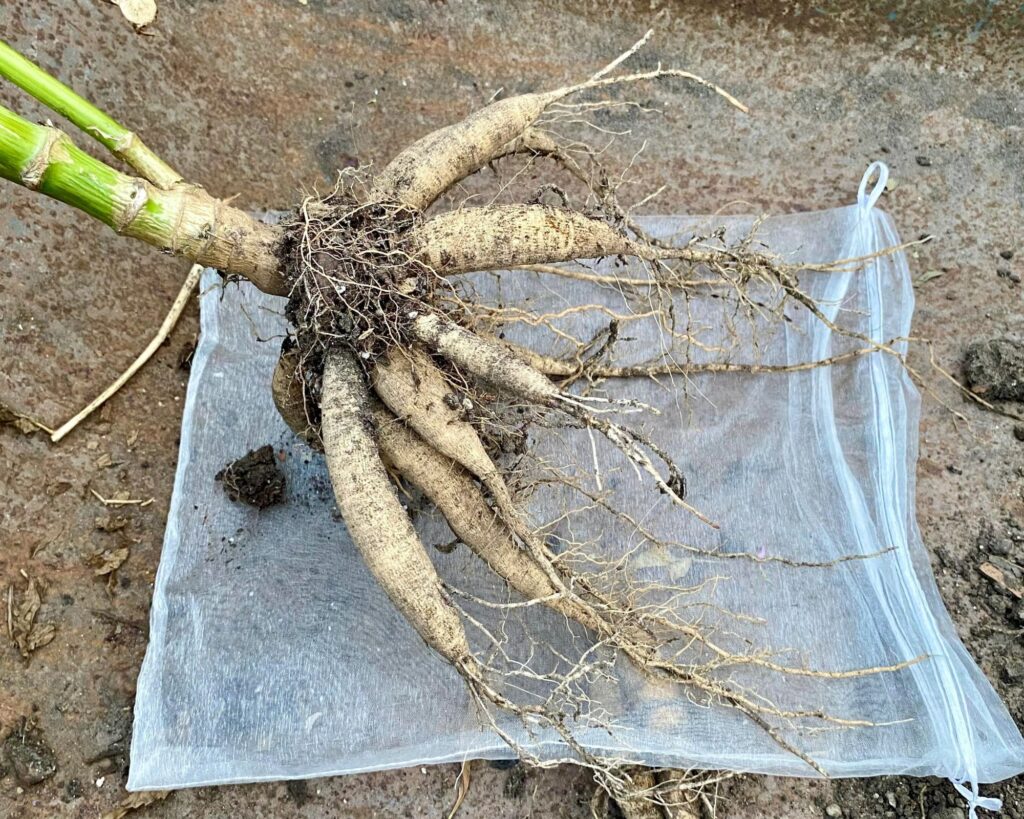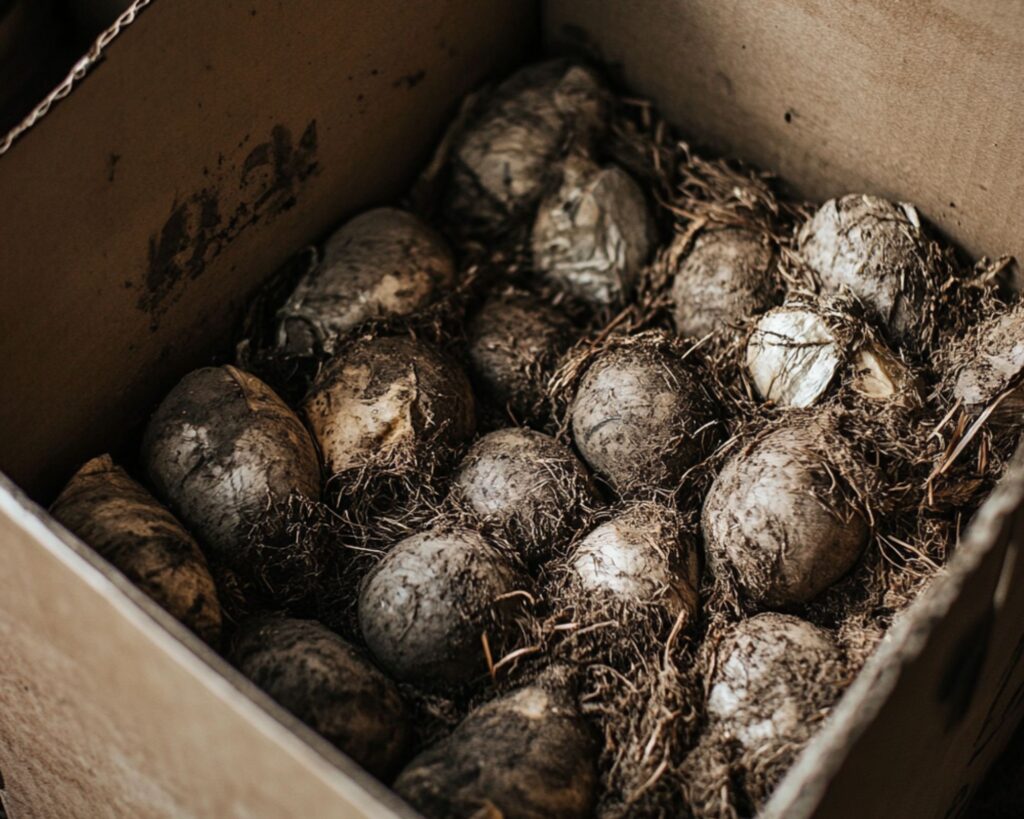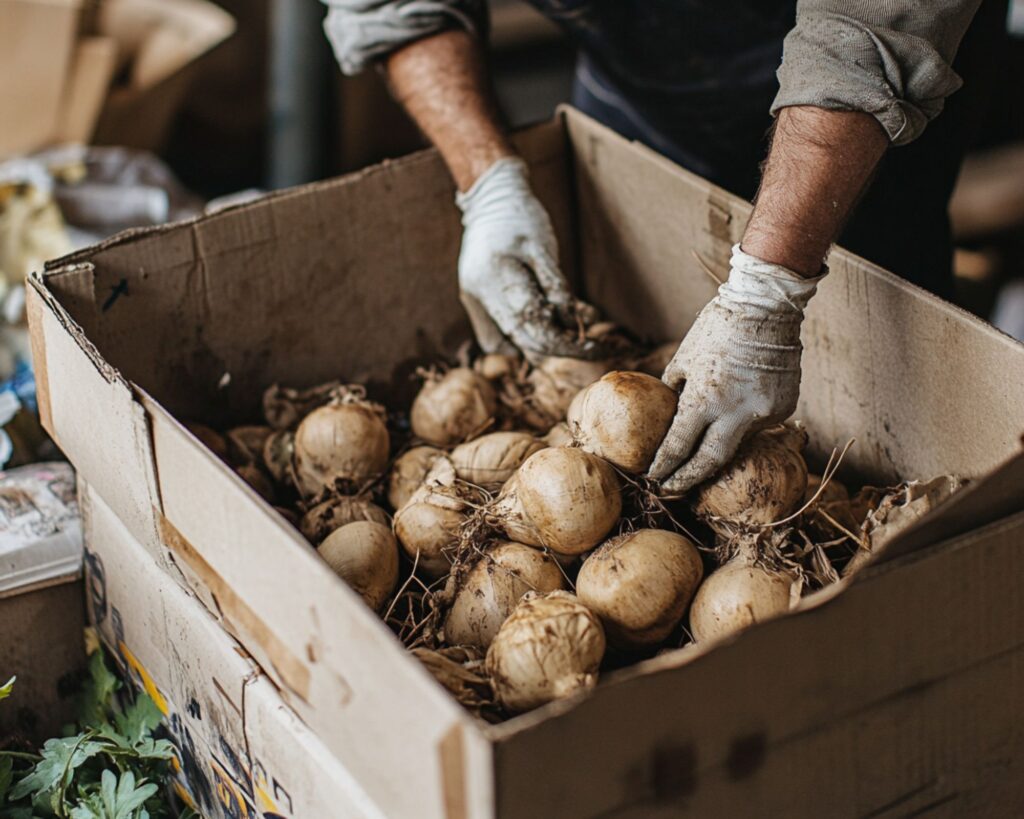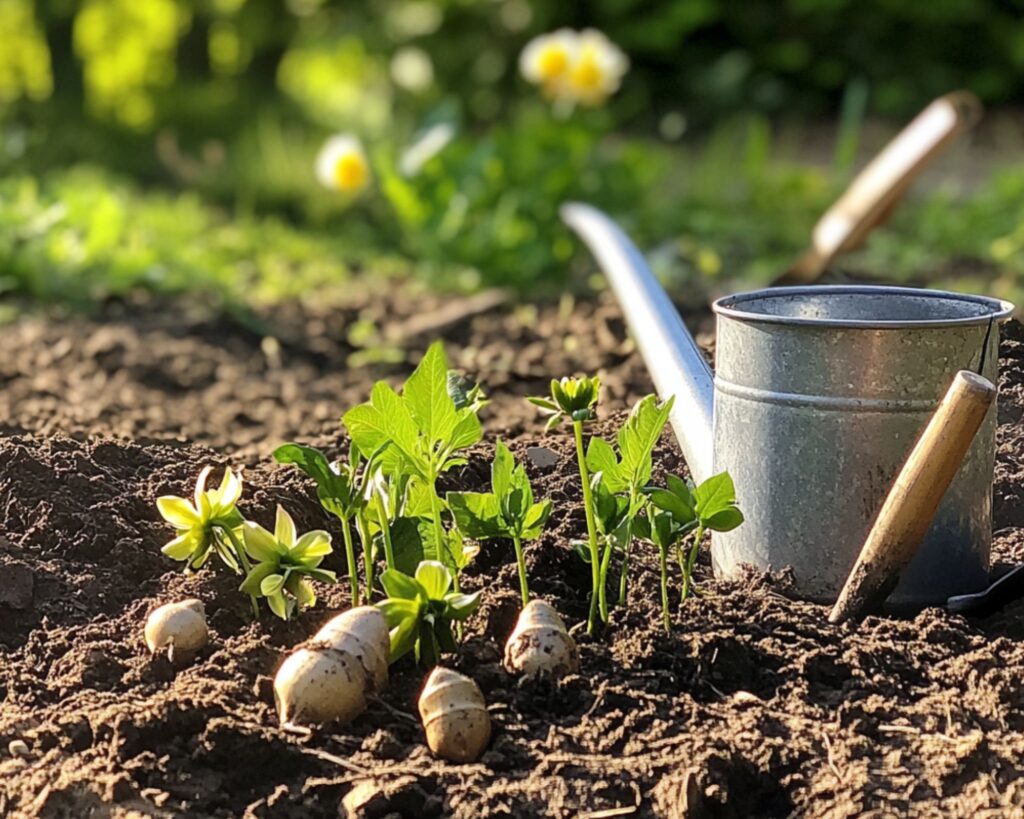Dreaming of lush, colorful dahlia blooms next season? Don’t let winter rob you of that vision! Dahlias, with their captivating colors and intricate petal patterns, are incredibly rewarding but need extra care when frost approaches.
These tender perennials can’t survive the winter chill, and if left in the ground, their tubers risk rot or disease. But don’t worry – there’s a simple way to preserve your precious dahlias!
In this guide, I’ll walk you through the easy steps to dig up, store, and protect your dahlias, ensuring they emerge healthy and ready to impress next spring. Let’s dive into the art of overwintering dahlias to keep their vibrancy alive for seasons to come.
1. Wait Until After the First Frost
The first frost marks the beginning of dahlia storage season. Frost kills the top foliage, prompting the plant to go dormant and start conserving energy in its tubers. However, avoid waiting too long after the frost, as prolonged exposure to frozen ground can damage the tubers.
2. Cut Back the Stems
Once the foliage has been killed by frost, use sharp garden shears or pruners to cut the stems back, leaving about 2–4 inches above the soil.
This will make it easier to handle the tubers while preventing them from sprouting prematurely during storage.
3. Dig Up the Tubers Carefully
Use a garden fork or shovel to gently dig up the tubers. Start about a foot away from the base of the plant to avoid piercing the tubers, then lift them carefully from the ground.
Dahlia tubers can be delicate, so handle them gently to prevent damage, which could lead to rot.
4. Clean Off Excess Soil
Once the tubers are out of the ground, shake off excess soil. Use a soft brush or even your hands to clean the tubers, but avoid rinsing them with water, as moisture can lead to rot during storage.
A gentle cleaning is enough to ensure there’s no soil clinging to them, which can harbor pests and diseases.
5. Inspect and Divide the Tubers
After cleaning, inspect each tuber for signs of disease or damage. Any tubers that appear soft, mushy, or discolored should be discarded, as they could spread rot to healthy tubers.
Dividing your tubers at this stage is an option; this promotes growth in spring and allows for more plants. Each division should include at least one “eye” or growth node, which is essential for the dahlia to sprout again.
6. Cure the Tubers
To prepare for winter storage, cure the tubers by letting them sit in a warm, dry area for a few days. This process helps to toughen the tuber skins, which protects them against rot and dehydration over the winter.
About 3–7 days is usually sufficient, depending on your climate.
7. Choose the Right Storage Medium
Dahlia tubers need a storage medium that maintains a stable environment with low humidity and good airflow. There are a few options for storage materials, including:
- Peat moss: An excellent option for moisture control, it prevents tubers from drying out too quickly.
- Wood shavings: Provide a light, breathable cover that protects the tubers.
- Sand: Can also be used, but be cautious of humidity levels, as sand holds onto moisture.
- Newspaper: If layering in boxes, use crumpled newspaper for ventilation and protection.
8. Find the Perfect Storage Environment
The ideal storage temperature for dahlia tubers is between 40–50°F (4–10°C), with low humidity to prevent rot. A basement, unheated garage, or root cellar can often provide suitable conditions.
Ensure the area is dark, as light can encourage premature sprouting.
9. Store Tubers in Containers
Place the tubers in a breathable container, such as a cardboard box, crate, or mesh bag.
Add layers of your chosen storage medium between tubers to protect them from direct contact and reduce the risk of rot. For example, add a layer of peat moss or wood shavings between each tuber layer.
10. Check on Tubers Periodically
Throughout the winter, check your tubers at least once a month to ensure they’re in good condition. If you notice any signs of rot, remove the affected tuber immediately to prevent it from spreading to others.
If the tubers seem shriveled, mist them lightly with water, but don’t saturate them.
11. Replant in Spring
Once the risk of frost has passed, usually in mid-spring, you can prepare your dahlias for replanting. Bring the tubers out of storage and inspect them for any signs of rot or damage.
Rehydrate them by placing them in a shallow container of water for a few hours before planting. Then, plant each tuber in a sunny garden spot with well-draining soil, and watch your dahlias come back to life!
Tips for Storing Dahlias Over Winter
Here are a few extra tips to help you succeed in storing dahlias safely over winter:
- Label your tubers: If you’re storing multiple varieties, label each tuber or container to keep track of the colors and types.
- Avoid storing near produce: Some fruits and vegetables release ethylene gas, which can cause premature sprouting in tubers. Keep them separate.
- Monitor temperature and humidity: Fluctuating conditions can stress the tubers, so aim for a stable environment.
- Consider fungicide dusting: If you’ve had issues with rot, lightly dusting the tubers with a fungicide before storage can prevent fungal infections.
Common Questions About Storing Dahlias
Can you store dahlias in the fridge?
Dahlias don’t tolerate very cold temperatures, so a standard refrigerator can be too cold. Additionally, most fridges have high humidity, which increases the risk of rot. Stick to a basement or garage for better results.
What if I live in a mild climate?
If you live in USDA hardiness zones 8–11, dahlias can often survive the winter in the ground. Adding a layer of mulch after the first frost can help insulate the tubers. Just be cautious of excessive moisture, as it can still lead to rot.
Do dahlias need to be divided every year?
Dividing isn’t necessary annually, but it promotes growth and can prevent tubers from becoming overcrowded. Dividing every 2–3 years is sufficient for most home gardeners.
By taking the time to store your dahlia tubers over winter, you can enjoy these beautiful blooms year after year.
A little preparation and attention go a long way in keeping your tubers healthy during the colder months.
With this guide, you’re well-equipped to care for your dahlias and welcome them back to your garden each spring.


